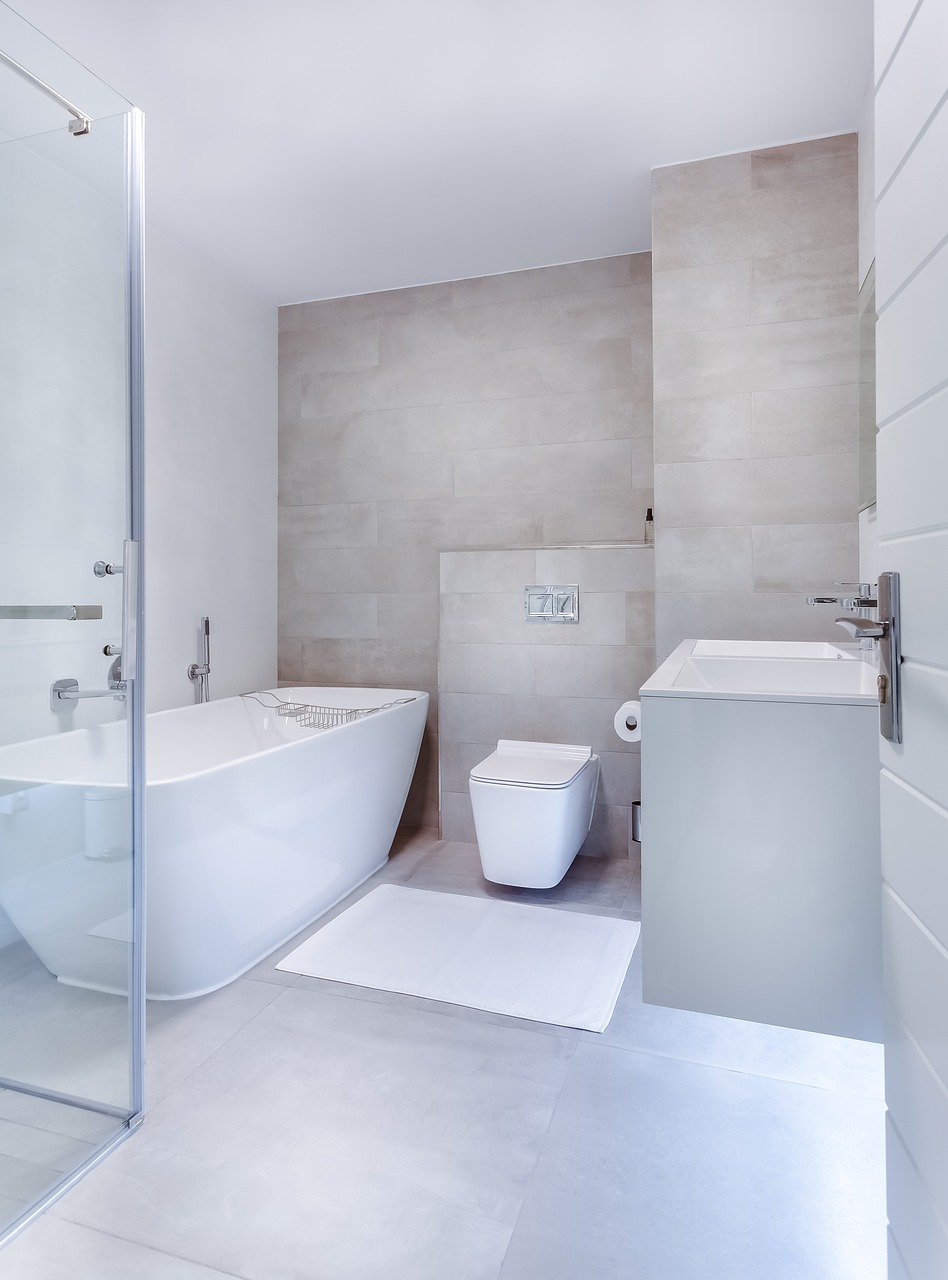Some of us are lucky to own their home, but to be able to afford it you may have had to make some initial compromises to be able to get your foot into the housing market. These compromises could include buying something smaller than what you wanted, such as an apartment instead of a house, buying much further out from the city, or buying something that is a little run down and in need of renovations.
Whatever it is that you end up purchasing there is a high chance that your first property will not be your forever home. So when you eventually come to selling your property it’s highly likely that it’s value will have increased over the years, and you can expect even more of a return if you have performed renovations.
Some of the most commonly updated areas within a home for a renovation, include painting the interior or exterior, and overhauling rooms such as the kitchens and bathrooms. Specific design elements linking homes to certain periods of construction can also be worth looking to have updated or possible removed.
For example, amber glass doors which were synonymous with builds in the 60’s and 70’s in homes in Melbourne’s east are a well dated feature that is worth removing. Same can be said for creating open plan living areas, but you need to be mindful that removing load bearing walls can require structural engineering and extensive building costs, or more if your roof shifts. So, what might start off with you removing two ugly internal sliding doors might end up with you looking for an emergency plumber in Doncaster to fix your leaky roof at the very least!
These renovations don’t need to cost the earth but a few simple changes can sometimes have a significant impact. For the sake of this article I’d like to concentrate on one particular element which seems to be quite popular of late. The Toilet.
Many modern homes have started to incorporate the use of what is referred to as an in-wall toilet cistern. Essentially what this means is the standard back component of a toilet (called a cistern) which normally sits against the wall will be hidden. This results in the toilet seat itself being moved backward towards the wall, and the flush buttons mounted within the wall. This creates a much cleaner look and also generates a significant amount of space in a bathroom.
Benefits of an in-wall toilet cistern.
- Seat can be positioned closer to the wall, and button can be moved (depending on the selected model) which is great for people with small bathrooms or mobility issues.
- Bowl can be hung from the wall, so it takes even less space and hides away even more ugly pipework.
- Looks elegant and modern.
Disadvantages of an in-wall toilet cistern.
- Won’t work in every home, especially if there isn’t enough room in the wall to fit the cistern, or there is need to move plumbing when built into a concrete floor.
- Expensive upfront costs. As these items are still relatively new to the market there is not a huge amount of competition to drive these costs down. Installation also can cost a bit more especially if the need to move piping is required.
- Repairs when something goes wrong can be expensive. Like most devices there are some simple moving parts inside a toilet cistern. Most of the time these components themselves are actually quite cheap to replace. However, if these moving parts do break, access can usually only be achieved by making a hole in the wall. This will then require a builder or tiler to repair this access hole.
If you do decide that this type of toilet is what you want in your home, it pays to know a good plumber who can easily maintain it should there be a need for any servicing. It’s important to have someone who can fix it properly, while also making minimal intrusion to the surroundings. This is where experts such as Toscano plumbing who have the latest technology at their disposal, which essentially allows them to look through walls.

